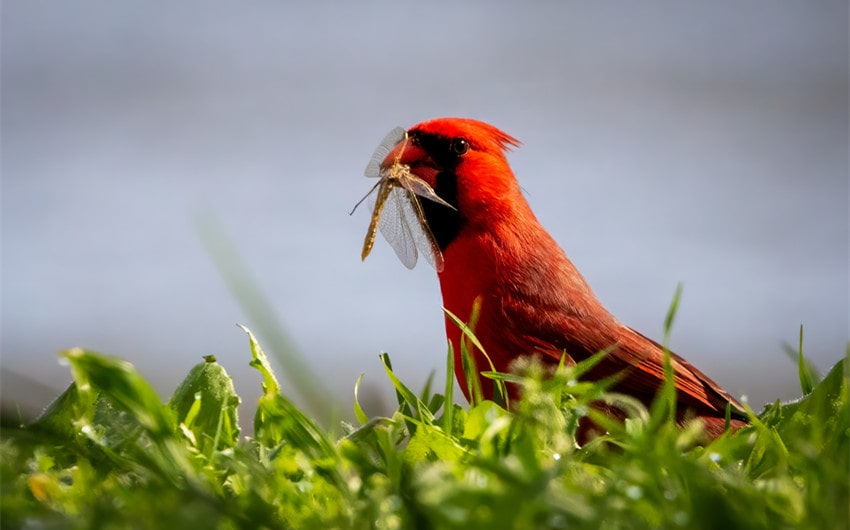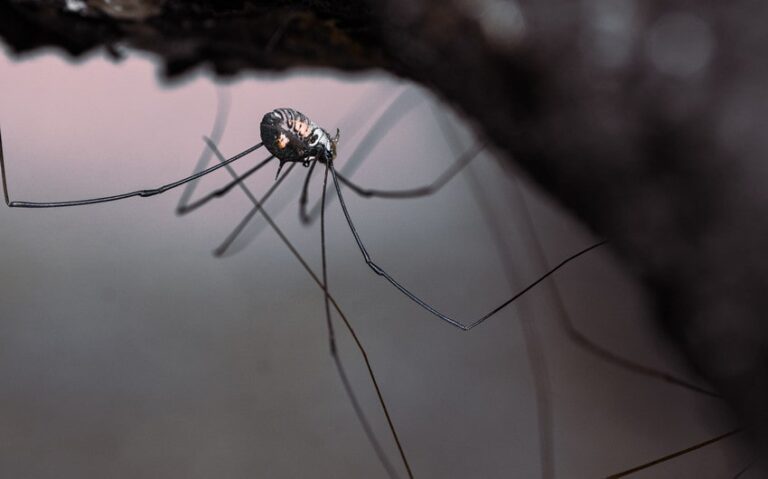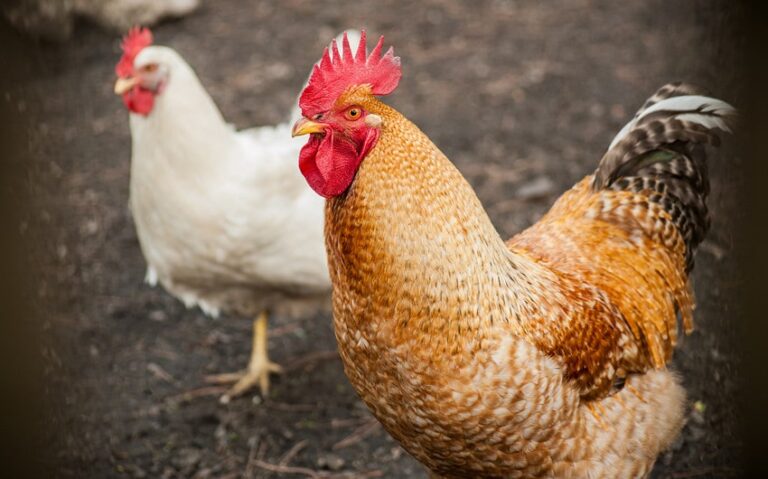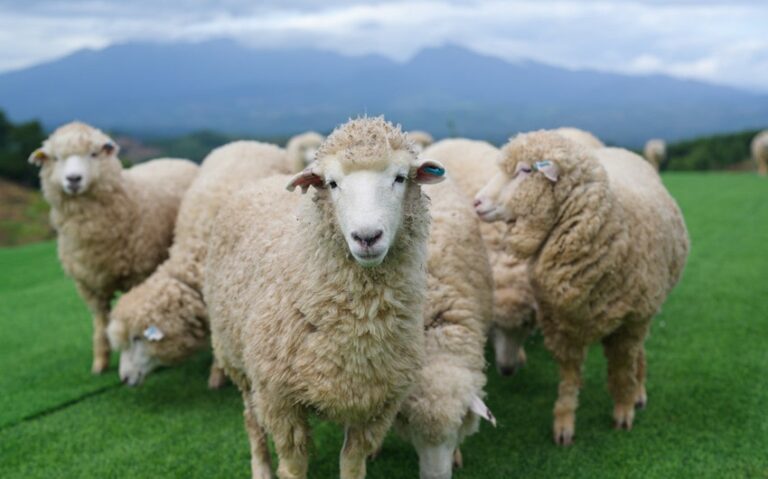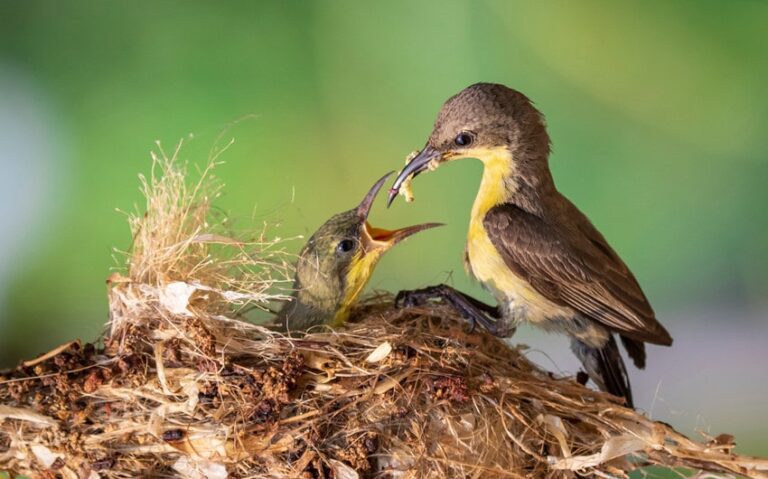Discover the Answer: How Long Do Cardinals Live?
Cardinals are among the most beloved birds, often seen brightening up gardens and backyards with their vibrant red feathers. But have you ever wondered, “How long do cardinals live?” Typically, these charming birds live for about 3 to 5 years in the wild, though some can reach up to 15 years under ideal conditions.
Understanding their lifespan can help bird enthusiasts and nature lovers better appreciate these beautiful creatures and the factors that influence their longevity. Let’s delve deeper into the life of cardinals and what affects their time with us.
Overview of Cardinals

Cardinals, particularly the Northern Cardinal, are a favorite among bird enthusiasts due to their striking appearance and melodic songs. These birds are easily recognizable by their vibrant red plumage, which is most prominent in males.
Female cardinals, while more subdued in color, exhibit beautiful shades of brown with hints of red. Cardinals have a distinct crest on top of their heads and a strong, conical beak that is perfect for cracking seeds.
Cardinals are primarily found in North and Central America, with the Northern Cardinal being widespread across the eastern United States, extending into Canada and parts of Mexico. They thrive in a variety of habitats, including woodlands, gardens, shrublands, and wetlands.
Cardinals are non-migratory birds, meaning they stay in the same area year-round, which makes them a familiar sight for many people throughout the seasons.
Average Lifespan of Cardinals
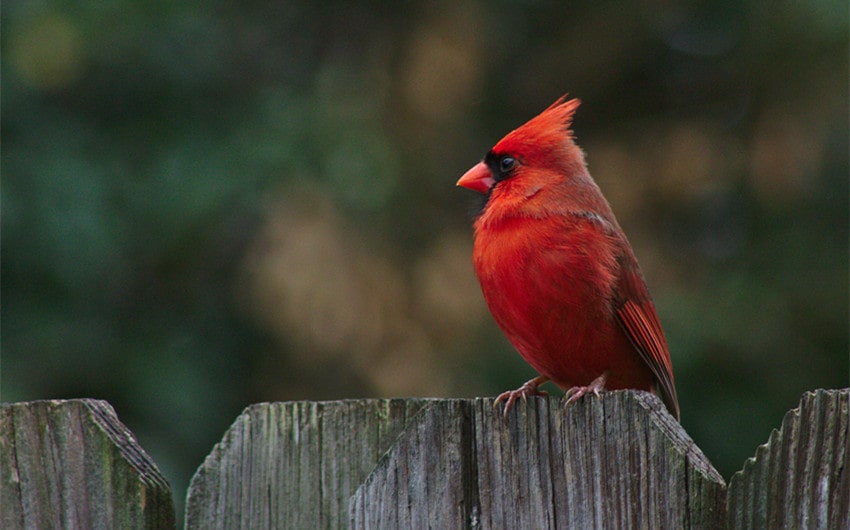
The lifespan of cardinals, like many bird species, can vary widely depending on numerous factors, including environmental conditions, availability of resources, and predation risks.
1. Wild Cardinals:
- Average Lifespan: In the wild, the average lifespan of a cardinal is typically around 3 to 5 years. This range accounts for the various challenges they face in their natural habitats.
- Maximum Lifespan: While the average is relatively short, some wild cardinals have been known to live up to 10 to 15 years, though this is less common.
- Factors Affecting Lifespan: The shorter average lifespan in the wild is primarily due to predation, harsh weather conditions, diseases, and accidents. Predators such as hawks, owls, and domestic cats pose significant threats to cardinals. Additionally, extreme weather conditions can impact their survival, especially during harsh winters or severe storms.
2. Captive Cardinals:
- Average Lifespan: In captivity, cardinals can live much longer, often reaching 10 to 15 years. The extended lifespan is due to the controlled environment, regular food supply, and absence of predators.
- Optimal Conditions: Captive cardinals benefit from consistent care, including a steady diet of seeds, fruits, and insects, clean water, and protection from the elements and predators.
- Case Studies: There have been documented cases of cardinals in captivity living beyond 15 years, showcasing the potential for longevity when environmental stressors are minimized.
Factors Affecting Cardinal Lifespan

The lifespan of cardinals is influenced by a variety of factors that can either enhance their longevity or pose significant challenges. Understanding these factors can help in creating supportive environments for these birds and contribute to their conservation.
1. Predation and Natural Threats:
Predators: Cardinals face numerous natural predators, including hawks, owls, snakes, and domestic cats. These predators pose a constant threat, especially to young cardinals and eggs. Hawks and owls, for example, hunt cardinals as part of their diet, while snakes may target their nests.
Disease: Like all wildlife, cardinals are susceptible to diseases such as avian pox, West Nile virus, and bacterial infections. These diseases can significantly reduce their lifespan, especially if they occur in areas with high bird populations where transmission rates are higher.
Parasites: Parasites such as mites, lice, and ticks can affect cardinals, leading to weakened health and reduced lifespan. These parasites can cause discomfort, spread diseases, and affect the bird’s ability to thrive.
2. Availability of Food and Water:
Diet: A cardinal’s diet in the wild consists mainly of seeds, fruits, and insects. Access to a varied and nutritious diet is crucial for their health and longevity. During the winter months, when food is scarcer, cardinals may struggle to find enough sustenance, impacting their overall health.
Hydration: Access to clean water is equally important. Water sources for drinking and bathing help maintain their health. In drought conditions or during extremely cold weather, finding adequate water can be challenging for cardinals.
Seasonal Changes: Seasonal variations in food availability can also impact their survival. In spring and summer, insects and fruits are plentiful, providing a rich diet, whereas, in fall and winter, seeds become the primary food source.
3. Environmental Conditions and Climate:
Weather Extremes: Harsh weather conditions such as extreme cold, heavy snow, or prolonged droughts can severely affect cardinals. Extreme cold can lead to frostbite and hypothermia, while droughts can limit water and food availability.
Climate Change: Long-term climate change can alter habitats and food availability, posing a threat to cardinal populations. Changes in temperature and precipitation patterns can affect the ecosystems cardinals rely on, potentially reducing their suitable habitats.
Natural Disasters: Events such as hurricanes, floods, and wildfires can destroy habitats and reduce food availability, leading to higher mortality rates among cardinals.
4. Impact of Human Activities:
Habitat Destruction: Urbanization, deforestation, and agricultural expansion can lead to habitat loss for cardinals. These activities reduce the availability of nesting sites and food sources, forcing cardinals to relocate or compete more intensely for resources.
Pollution: Chemical pollutants, such as pesticides and herbicides, can poison cardinals directly or reduce their food supply by killing insects and plants they depend on. Additionally, pollution of water sources can affect their health.
Window Collisions: Cardinals are prone to colliding with windows, which can result in injury or death. This is a significant risk in suburban and urban areas where buildings with large glass windows are common.
Feeding Practices: While bird feeders can provide essential food resources, they can also lead to dependency and crowding, which can increase the spread of disease. It’s important to maintain clean feeders and provide a balanced diet to avoid negative impacts.
5. Social and Reproductive Behavior:
Mating and Territoriality: Cardinals are known for their strong territorial behavior, especially during breeding season. Males often engage in fights to defend their territory, which can sometimes lead to injury. However, successful territory defense ensures better access to resources, which can positively impact their lifespan.
Nesting Success: The success rate of nesting, including the number of offspring that survive to adulthood, affects the overall population health and longevity of cardinals. Factors such as nest predation, weather conditions, and food availability during the breeding season are critical.
Parental Care: Cardinals are attentive parents, with both males and females involved in feeding and protecting the chicks. High levels of parental care can improve the survival rates of the young, indirectly supporting the overall lifespan of the population.
6. Genetic Factors:
Inherent Longevity: Genetics play a crucial role in determining the lifespan of individual cardinals. Some birds may be genetically predisposed to live longer and resist diseases better than others.
Population Health: A genetically diverse population is generally healthier and more resilient to environmental changes and diseases. Conservation efforts that maintain genetic diversity are essential for the long-term survival of cardinals.

